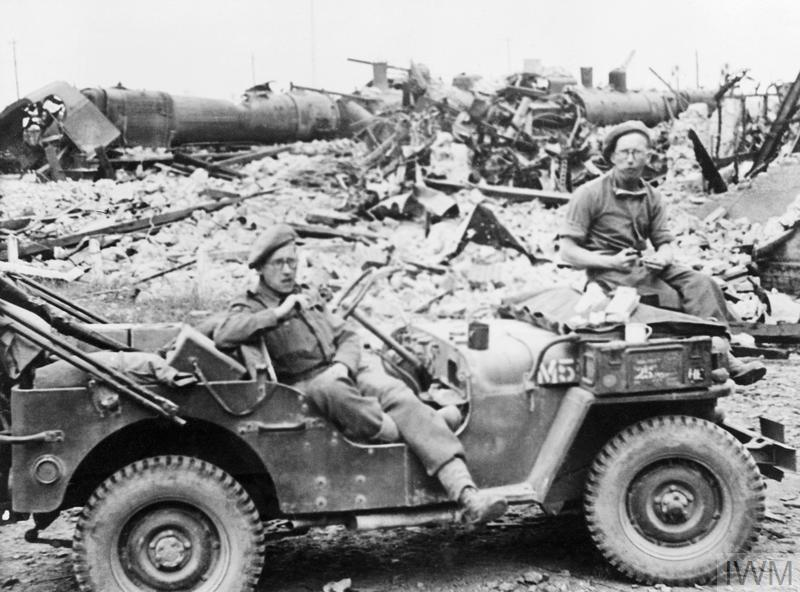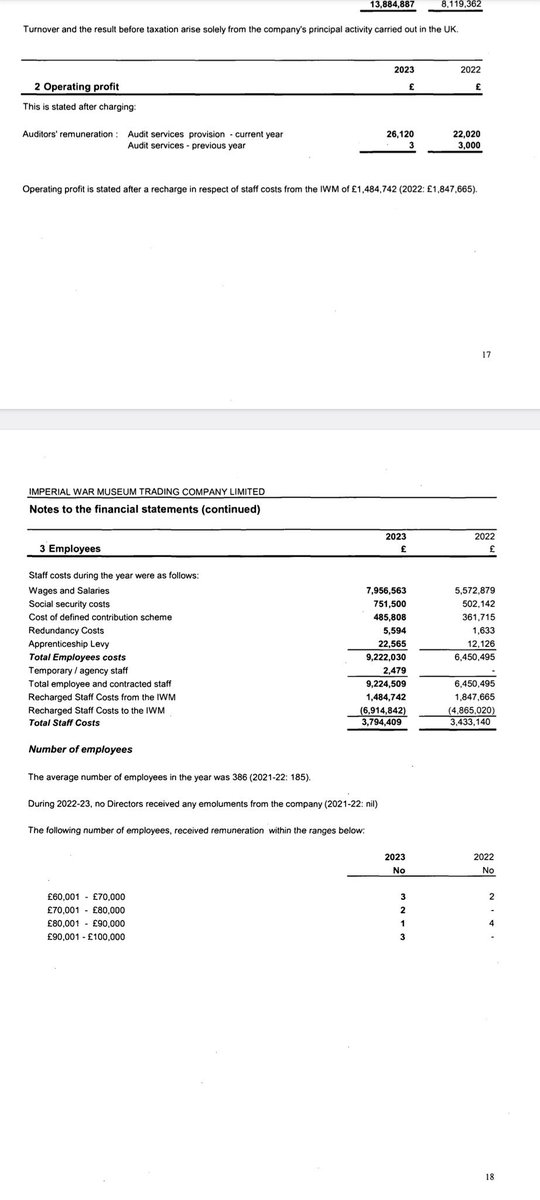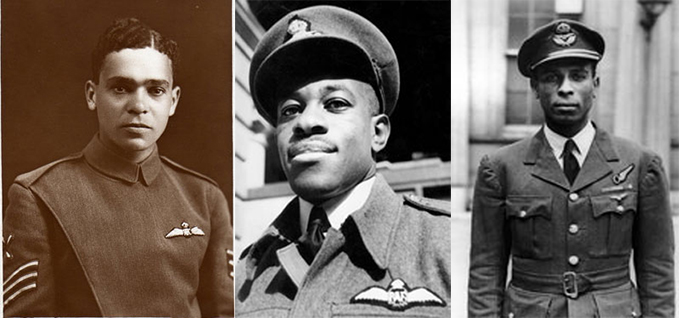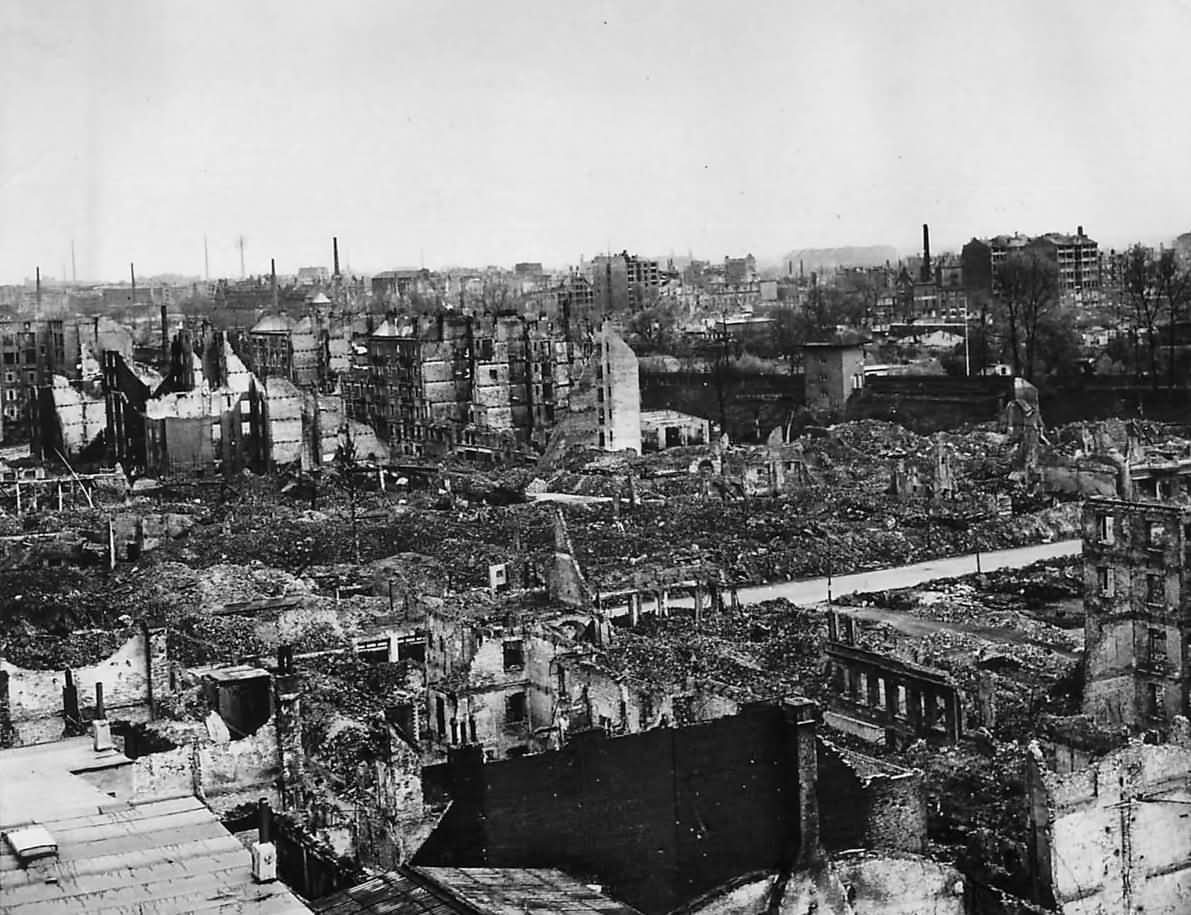So, here it is.
Can the IWM *really* claim © on Crown Copyright images etc where copyright has long expired?
Surely these images should be out of copyright & free to use, right?
Right? /1
#History #Heritage #Museums
Can the IWM *really* claim © on Crown Copyright images etc where copyright has long expired?
Surely these images should be out of copyright & free to use, right?
Right? /1
#History #Heritage #Museums

So The National Archives guidance is pretty straight forward.
Out of ©
IWM was transferred all the Crown Copyright images of WW2 etc a few years ago, a vast amount of which were published during the war & over the following decades.
They became the core heritage custodian. /2
Out of ©
IWM was transferred all the Crown Copyright images of WW2 etc a few years ago, a vast amount of which were published during the war & over the following decades.
They became the core heritage custodian. /2

Then... how come the IWM was claiming copyright on this image, long-expired, posted yesterday?
It's a bit strange really.
I've long believed they have had no legal basis to claim ownership, but we'll get to that later.../3
It's a bit strange really.
I've long believed they have had no legal basis to claim ownership, but we'll get to that later.../3

They replied the next day.
In short they claim copyright on 'sweat of the brow'
"We have skilled technicians who have scanned, optimised and colour corrected the image to create the digital file we have in our collection." /5
In short they claim copyright on 'sweat of the brow'
"We have skilled technicians who have scanned, optimised and colour corrected the image to create the digital file we have in our collection." /5

"Under UK Law, such efforts would imbue the resulting images of these out of copyright works, with copyright protection under the normal term of copyright."
So, whenever copyright of an original image expires, snap a new photo & extend copyright for another 50 -70 years. /6
So, whenever copyright of an original image expires, snap a new photo & extend copyright for another 50 -70 years. /6

On such a basis you recycle this process every 50 - 70 years, thus organisations could own copyright in perpetuity.
Institutions do this by limiting access to originals, or getting visitors to sign photography contracts/waivers that limit any sharing or reuse. /7
Institutions do this by limiting access to originals, or getting visitors to sign photography contracts/waivers that limit any sharing or reuse. /7

This all sounds very GREY doesn't it?
But can you do it legally?
Well the IPO has had a rather public stance on this practice for several years. /8
gov.uk/government/pub…


But can you do it legally?
Well the IPO has had a rather public stance on this practice for several years. /8
gov.uk/government/pub…


So what IPO are saying there is that,
"copyright can only subsist in subject matter that is original in the sense that it is the author’s own ‘intellectual creation’."
So a copy of an image... isn't really going to cut the mustard. /9
"copyright can only subsist in subject matter that is original in the sense that it is the author’s own ‘intellectual creation’."
So a copy of an image... isn't really going to cut the mustard. /9

It's also notable that some museums, like the wonderful Wellcome Collection, did not go down the same route and instead embraced Creative Commons so people can actually use their collections, such as the following image. /10
creativecommons.org/licenses/by/4.…


creativecommons.org/licenses/by/4.…


So let's look at the 'Sweat of the Brow' exerted in digitising & retouching a historic image, and how it relates to... expired Crown Copyright images and the ones I am most interested in, those made by military personnel such as the AFPU. /11 

These images were made by trained military personnel.
In the case of the Army, it was the Army Film & Photographic Unit who undertook this vital work,
these soldiers who underwent arduous training, some were conscripted, before then volunteering for the AFPU scheme. /12
In the case of the Army, it was the Army Film & Photographic Unit who undertook this vital work,
these soldiers who underwent arduous training, some were conscripted, before then volunteering for the AFPU scheme. /12

They did this in the full knowledge that documenting the war would put their bodies, lives and minds at great risk.
They recorded the war for people back home, & for posterity.
So it could never be forgotten. /13
They recorded the war for people back home, & for posterity.
So it could never be forgotten. /13

Once in action, AFPU personnel attended planning meetings to identify areas of likely interest, move into position, liaise with local forces, compose the shot, take it, and repeat this processes’ many, many times.
Often operating in incredibly inclement conditions... /14
Often operating in incredibly inclement conditions... /14

frequently exhausted & sleep deprived, constantly under shell, mortar, small arms fire etc, before one considers the innumerable other risks of operating in an active high intensity war zone.
They did so at constant risk of injury, sickness, and death. /14
They did so at constant risk of injury, sickness, and death. /14

Their work proved integral in recording evidence of Nazi war crimes, atrocities, and the horrors of the Holocaust.
They helped tell the world the story of the Third Reich's evil, recording it so that future generations could learn.
We owe them a huge debt. /16




They helped tell the world the story of the Third Reich's evil, recording it so that future generations could learn.
We owe them a huge debt. /16




23 percent of AFPU personnel were killed in action.
The legacy of soldier-photographers/cameramen is our knowledge of the past.
It is the red hot mana from which so much flows. /17




The legacy of soldier-photographers/cameramen is our knowledge of the past.
It is the red hot mana from which so much flows. /17




This represents a great deal of courageous, highly physical, technically demanding , skilled & dangerous work. These brave soldiers worked for the British people to record the war, quite literally putting their lives on the line for every single snap or cell recorded. /18 

So... consider the sweat of THEIR brows in producing the underlying expired Crown Copyright material.
Versus a digital snap in a room, then a bit of manipulation on a computer.
Yes. /19
Versus a digital snap in a room, then a bit of manipulation on a computer.
Yes. /19

I sent that on 17th January 2024 then waited for a reply.
And waited, and sent chasers, and waited. /21
And waited, and sent chasers, and waited. /21
This SHOULD have been a simple email for them to answer.
But the company line that appears regularly trotted out, had been undermined by events elsewhere...
In the Appeals Court. /22


But the company line that appears regularly trotted out, had been undermined by events elsewhere...
In the Appeals Court. /22


Originality in Copyright was a hot potato for many for years...
Then, rather unexpectedly, on 20th November 2023 came long awaited clarity in the Court of Appeal ruling in THJ v Sheridan.
Para 23 and Para 26.
Boom headshot./23


Then, rather unexpectedly, on 20th November 2023 came long awaited clarity in the Court of Appeal ruling in THJ v Sheridan.
Para 23 and Para 26.
Boom headshot./23


A few of us have fought this ground hard for years, as many UK national museums adopted such an interpretation to paywall our shared heritage.
@arthistorynews has led a particularly fine crusade against the Tate.
theartnewspaper.com/2023/12/29/cou…
@arthistorynews has led a particularly fine crusade against the Tate.
theartnewspaper.com/2023/12/29/cou…
@arthistorynews It's a pivotal moment, and the Museums Association published the following.
As, you know, there can't be "free and creative" choice in just, err... copying images.
The general market trend is slowly towards Creative Commons anyway... /26
museumsassociation.org/museums-journa…
As, you know, there can't be "free and creative" choice in just, err... copying images.
The general market trend is slowly towards Creative Commons anyway... /26
museumsassociation.org/museums-journa…
In THJ v Sheridan the judges said that "skill and labour" test had not been met since 2004.
So what does this mean for ALL of those major institutions who have asserted copyright on *this* basis for selling images etc from this period...
Oooft. /27
So what does this mean for ALL of those major institutions who have asserted copyright on *this* basis for selling images etc from this period...
Oooft. /27

I did get some popcorn whilst waiting for IWM's response, not least that some nationals appear to have known about the problem for a few years.
At this point is so *much* easier for our museums to just move to Creative Commons across the board.
It'd look good.
Anyway... /28
At this point is so *much* easier for our museums to just move to Creative Commons across the board.
It'd look good.
Anyway... /28

After some hounding, on 5th February 2024 I finally heard back from their Head of Image and Film licencing.
Then even they went quiet... /29


Then even they went quiet... /29


Finally on 9th February 2024, I had a reply.
In short... they want to still apply a Non-Commercial Licence to all images.
Does this work? /30
In short... they want to still apply a Non-Commercial Licence to all images.
Does this work? /30

So...
Err the museum are trying to still assert copyright on images which are now defo free to use. /32



Err the museum are trying to still assert copyright on images which are now defo free to use. /32



The Tate tried a SIMILAR policy and are now removing their restrictive version of Creative Commons from images...
It's another DCMS national, who must have sought advice on this matter.
So they'll be free to use! /33
It's another DCMS national, who must have sought advice on this matter.
So they'll be free to use! /33

The thing is... charging for images and film etc doesn't always make money.
As @arthistorynews highlighted in regards to the National Gallery.
Due to staff & legal costs, they lost money. /34


As @arthistorynews highlighted in regards to the National Gallery.
Due to staff & legal costs, they lost money. /34


@arthistorynews IWM image fees are steep, and they employ 386 staff as part of their trading subsidiary...*
So their whole massive publishing/licencing department only brings in about £1.1m turnover. /35
*Don't start me on this whole extra web...


So their whole massive publishing/licencing department only brings in about £1.1m turnover. /35
*Don't start me on this whole extra web...


@arthistorynews I've gone through this process before.
It wasn't particularly transparent, required a staff member to calculate and doesn't appear to be slick or automated.
They wanted about £2,000 for 50 images.
This kills new, diverse & muted history.
But they have a monopoly. /36
It wasn't particularly transparent, required a staff member to calculate and doesn't appear to be slick or automated.
They wanted about £2,000 for 50 images.
This kills new, diverse & muted history.
But they have a monopoly. /36

@arthistorynews Huge numbers of historians can't bring their work to market because of these restrictions.
In an age of disinformation it is time our national museums work WITH us.
Not against us. /37
In an age of disinformation it is time our national museums work WITH us.
Not against us. /37

So... where do we go from here?
We ended up in a situation where historians (and friends) can't USE our own history, despite it was meant to be shared.
Museums Association make the direction of travel clear.
Move to Creative Commons & let our wonderful shared heritage flow./37
We ended up in a situation where historians (and friends) can't USE our own history, despite it was meant to be shared.
Museums Association make the direction of travel clear.
Move to Creative Commons & let our wonderful shared heritage flow./37

The Government of 1939 to 1945 recorded all this material for posterity so it could be shared, used & educate future generations.
It's time for change.
Come on IWM, let's do it together.
And help us tell more remarkable stories about British & Commonwealth heroes. /thread




It's time for change.
Come on IWM, let's do it together.
And help us tell more remarkable stories about British & Commonwealth heroes. /thread




A small postscript.
I previously approached their Head of Collections relating to a discretionary discount, as I know IWM have handed them around for projects and was told... Head of Collections had no say over images.
Farce, but this needs real leadership.
I previously approached their Head of Collections relating to a discretionary discount, as I know IWM have handed them around for projects and was told... Head of Collections had no say over images.
Farce, but this needs real leadership.
Post /27 has been hidden.
In THJ v Sheridan the judges said that "skill and labour" test had not been met since 2004.
So what does this mean for ALL of those major institutions who have asserted copyright on *this* basis for selling images etc from this period...
Oooft. /27
In THJ v Sheridan the judges said that "skill and labour" test had not been met since 2004.
So what does this mean for ALL of those major institutions who have asserted copyright on *this* basis for selling images etc from this period...
Oooft. /27
I know at least two trustees are on twitter, @edwardstrngr & @MarkUrban01. Some policies have been hugely damaging to historians trying to tell the world of our remarkable shared heritage. Can you get the leadership to embrace the direction of travel & Creative Commons?
• • •
Missing some Tweet in this thread? You can try to
force a refresh










































